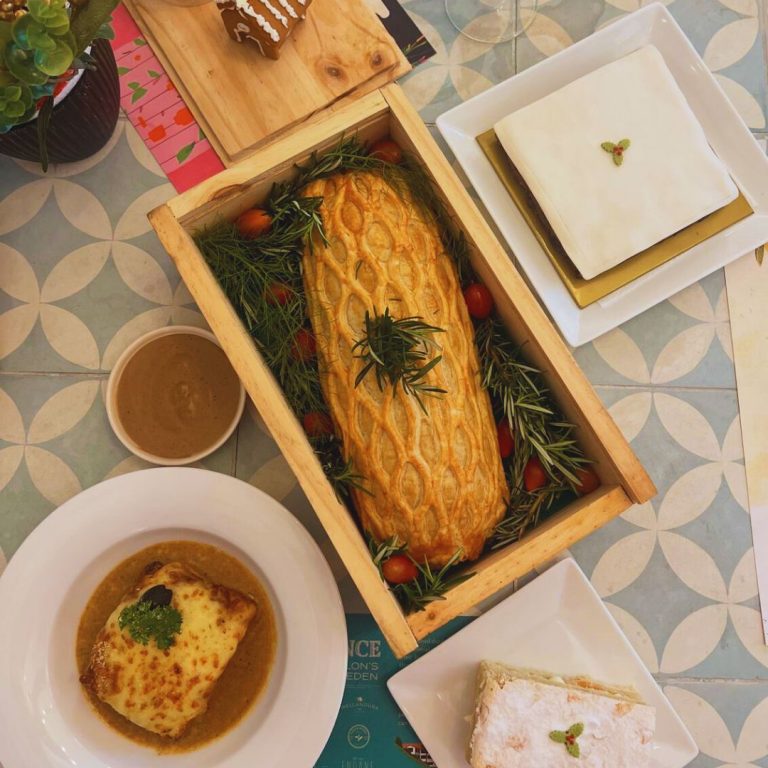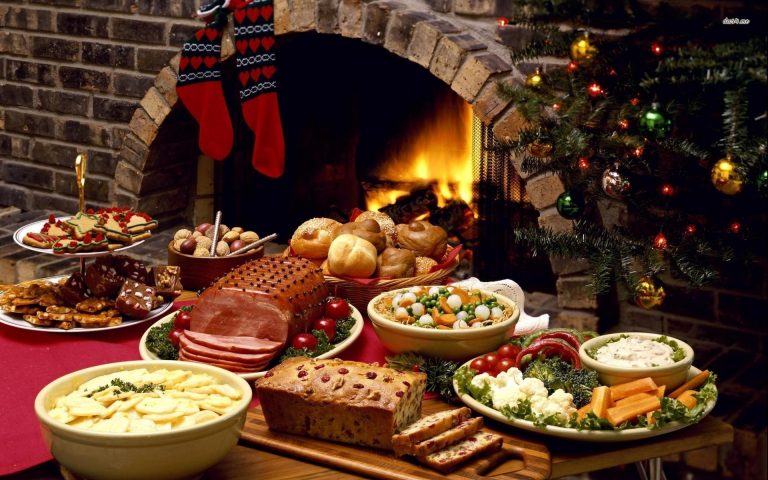The word is a controversy. Spiky, pungent, and defiantly expensive. This is hardly the most approachable of fruits – after all, the whole neighbourhood doesn’t know when you bring home a bag of apples.
The fruit’s unfamiliarity, combined with its sheer tropical exuberance and failure to conform to dominant Western ideals of fruit (being bland, seedless and easy to peel) have led to it being widely misunderstood and even feared.
But like any fear based on ignorance, the standard repulsion people claim to have to the King of Fruits is absurd. You need only sample the deliciously creamy flesh of a ripe durian to fall in love.
While often described as an acquired taste, the fruit is custardy and sweet. The flesh has at most only a hint of the fruit’s aroma and that only adds an addictive complexity to the taste.
Once you’ve sliced open the unwelcoming exterior and reached the fleshy inner chambers, you will also find durian surprisingly easy to eat. The seeds are large, the meat is abundant and not filled with garment or finger-staining juice.
The whole durian degustation experience is surprisingly easy and pleasant; all it takes to enter the court of the Jungle King is an open mind.
Durian Fact File
- The term comes from Malay and means “”spiky””
- Grows on trees from the durio family, which reach to over 50 meters (the height of a 10 storey building)
- Native to Malaysia and Indonesia, but now grown in Thailand, Phillipines, Sri Lanka, and Australia. Thailand is the biggest producer and exports over $100 million in durians annually
- The fruits can be up to a foot long and 15cm in diameter – larger than footballs
Choosing a Durian
The silky flesh that covers the large brown seeds ranges in colour from creamy off-white to bright yellow. The general rule is yellower the better.
While some durians contain 5 generous meaty segments, others can be stringy and sorely lacking in meat – these are the ones you find going cheap. With durians, it is usually the case that you get what you pay for.
In Colombo, 400 rupees seems to be the going rate for a large, fleshy durian.
Sri Lankan durians grow in the hill country but, it must be admitted, are generally inferior to those found in Malaysia, and Thailand.
A good eye, though, can spot a great fruit. Happy hunting.








